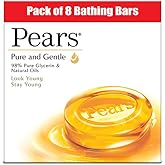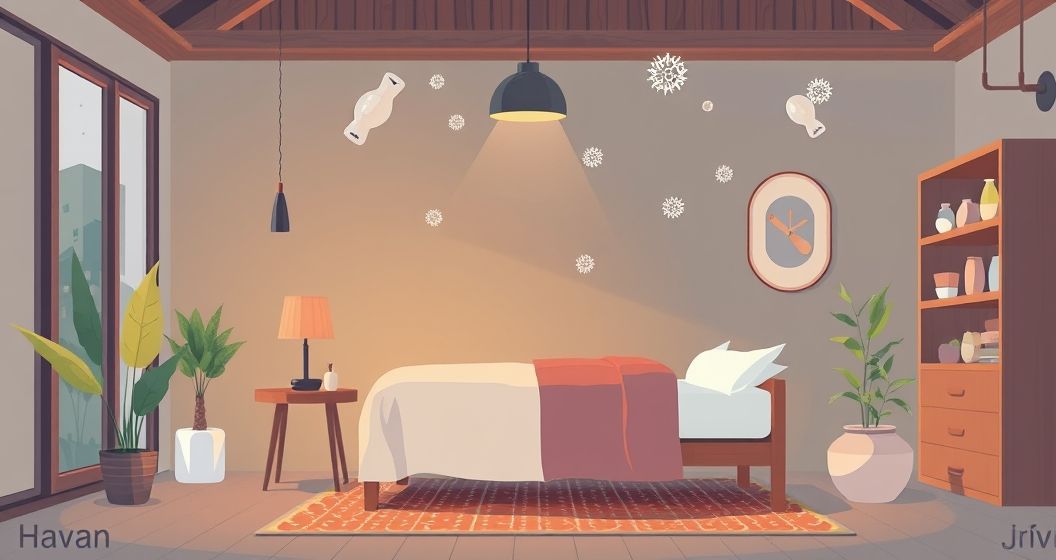Havan for bacteria-free homes – For centuries, havan, a traditional Hindu ceremony involving the burning of wood and medicinal herbs, has been practiced for its spiritual and purifying qualities. Now, a fascinating study conducted by scientists at the National Botanical Research Institute (NBRI) in Lucknow, India, suggests havan offers a surprising benefit: a significant reduction in airborne bacteria.
Havan for bacteria-free homes: The NBRI Study: Scientific Evidence for Havan’s Antibacterial Properties

Havan for bacteria-free homes – Article illustration 1
The NBRI research team meticulously investigated the impact of havan smoke on bacterial populations within a controlled environment. Their findings revealed a substantial decrease in the number of airborne bacteria following the performance of a havan ceremony. The study highlights the potential of this ancient practice as a complementary approach to maintaining a bacteria-free home environment.
The Role of Havan Samagri

Havan for bacteria-free homes – Article illustration 2
The key to havan’s antibacterial efficacy lies in the “havan samagri,” the specific blend of wood and medicinal herbs used in the ceremony. These herbs, often possessing inherent antimicrobial properties, are believed to release compounds into the smoke that actively combat bacteria. The precise mechanisms are still under investigation, but the study strongly suggests that the smoke’s composition plays a crucial role in its germ-reducing capabilities.
Beyond Spiritual Significance: Practical Implications for Hygiene
While havan has long held deep spiritual significance, the NBRI study opens up new perspectives on its practical applications. In a world increasingly concerned with hygiene and the prevention of infectious diseases, the findings offer a compelling argument for exploring havan as a complementary method for improving indoor air quality. This is particularly relevant in densely populated areas or regions with limited access to advanced sanitation facilities.
Havan as a Complementary Approach to Hygiene
It’s crucial to understand that havan is not a replacement for standard hygiene practices like regular cleaning and handwashing. Instead, it offers a potentially valuable addition to existing methods. By reducing airborne bacteria, havan may contribute to a healthier living environment, particularly for individuals with respiratory sensitivities or compromised immune systems.
Future Research and Potential Applications
The NBRI study serves as an important first step in understanding the scientific basis of havan’s antibacterial properties. Further research is needed to fully elucidate the mechanisms involved and to determine the optimal composition of havan samagri for maximum effectiveness. Future studies could explore the potential application of havan in various settings, including hospitals, schools, and public spaces, to assess its impact on overall infection rates.
The NBRI’s research on havan for bacteria-free homes presents a fascinating intersection of ancient tradition and modern science. While more research is undoubtedly necessary, the preliminary findings offer a promising avenue for exploring innovative, natural approaches to improving indoor air quality and promoting public health.


